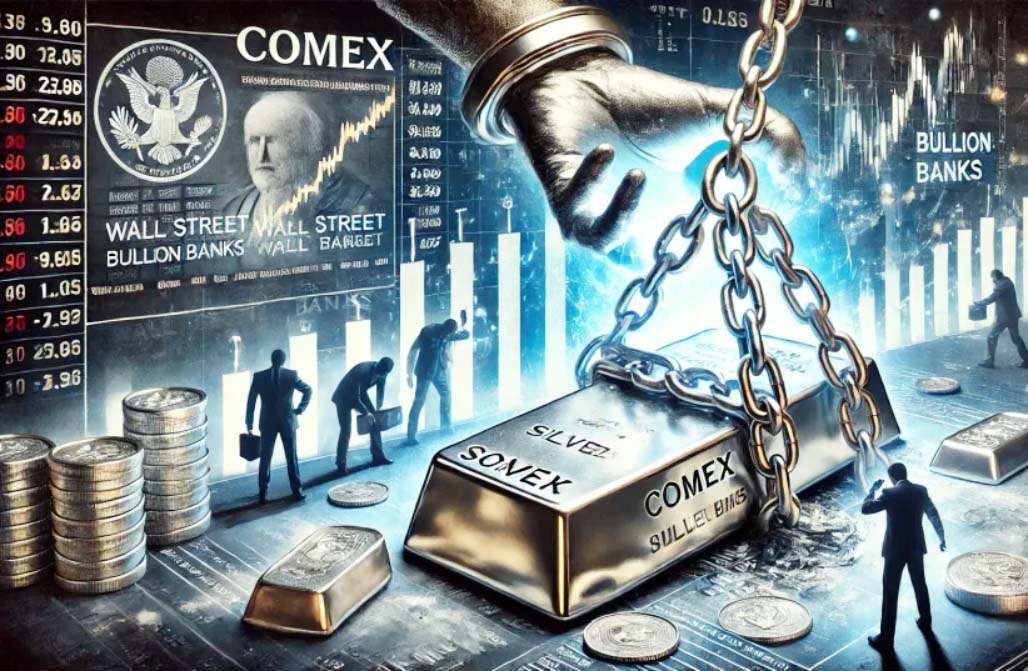Although the market value of gold is at an all-time high of $2,900 per troy ounce, silver remains comparatively undervalued. Professionals have suggested that silver prices are intentionally kept low, presenting the following points as evidence of silver market manipulation:
1.) Unlike gold, silver tends to be traded "on paper" without necessarily needing the actual metal to back it up. This imbalance of paper value vs metal value contributes to the illusion of a larger silver supply than what reality shows.
2.) Financial institutions, most notoriously JP Morgan Chase, have faced numerous allegations of silver market manipulation through "spoofing" tactics - driving silver prices down by falsifying large amounts of sell orders so they can buy up for pennies on the dollar. Even fines do not appear to have discouraged such practices.
3.) The silver-to-gold ratio has been disproportionately inflated from a more manageable 15:1 to an excessive 80-90:1. This means that far more silver would be needed to equal a single troy ounce of gold, which keeps gold as the dominating precious metal.
4.) Central and government banks hold gold reserves but no silver stocks. The low silver prices are beneficial to critical technology industries, such as solar panel manufacturers, electronics producers, and medical device companies. There is also a vested interest in military and aerospace applications. Governments would have to make drastic policy adjustments on mining, taxation, and trade if the silver market suddenly shot up.
The Critical Minerals List is published by the U.S. Geological Survey and the Department of Energy. It identifies minerals that are limited in resources with no viable alternatives, which critical to preserving national security, economic stability, and energy production. Despite fitting the qualifications for a critical mineral, silver seems to have been deliberately excluded from the Critical Minerals List.
However, demand for physical silver is on the rise, reserve supply is decreasing while critical industrial demand is increasing, and regulations are helping to raise transparency for price-setting. With the knowledge that silver market manipulation may finally come to an end, the savvy investor would do well to take advantage.

